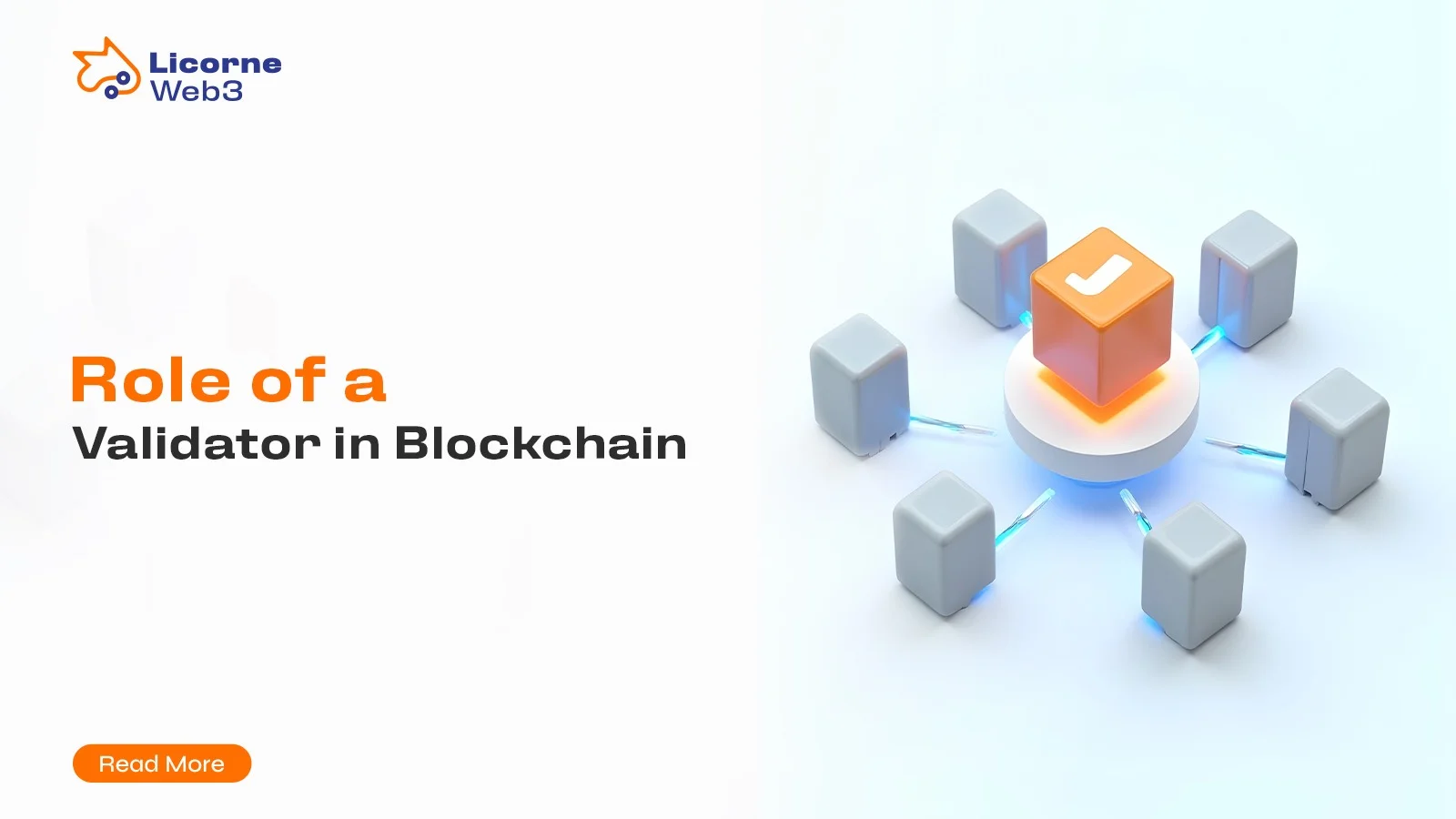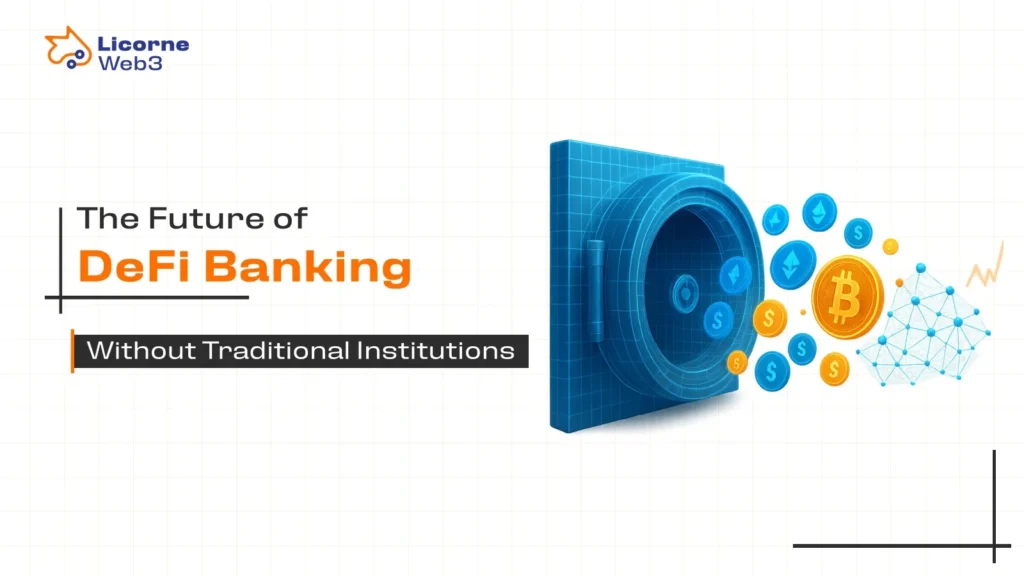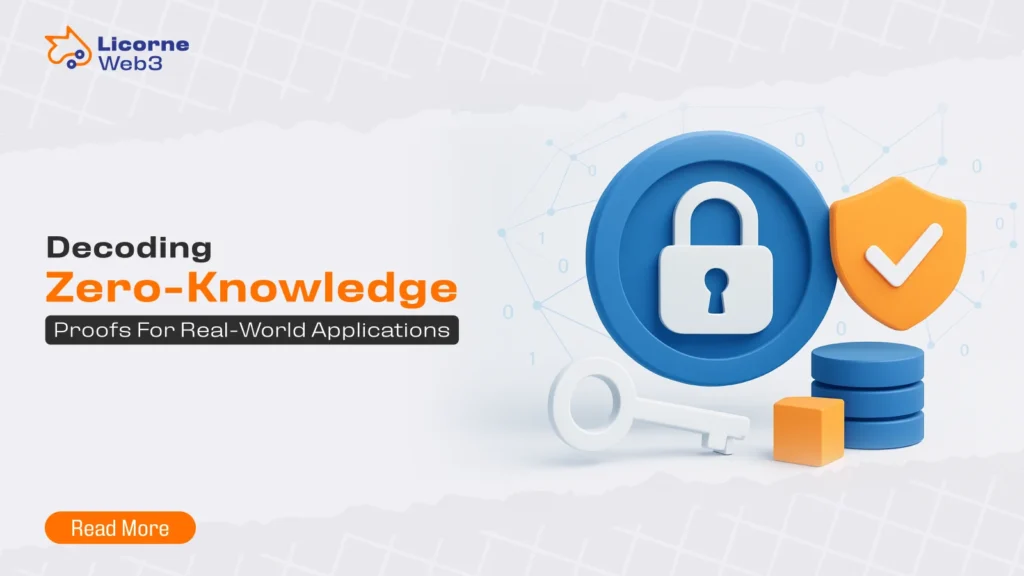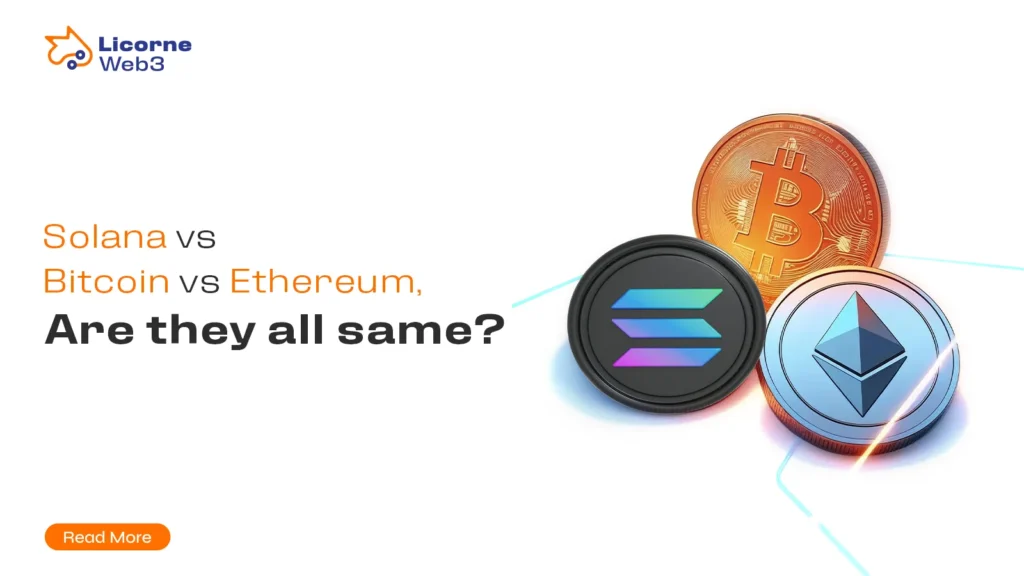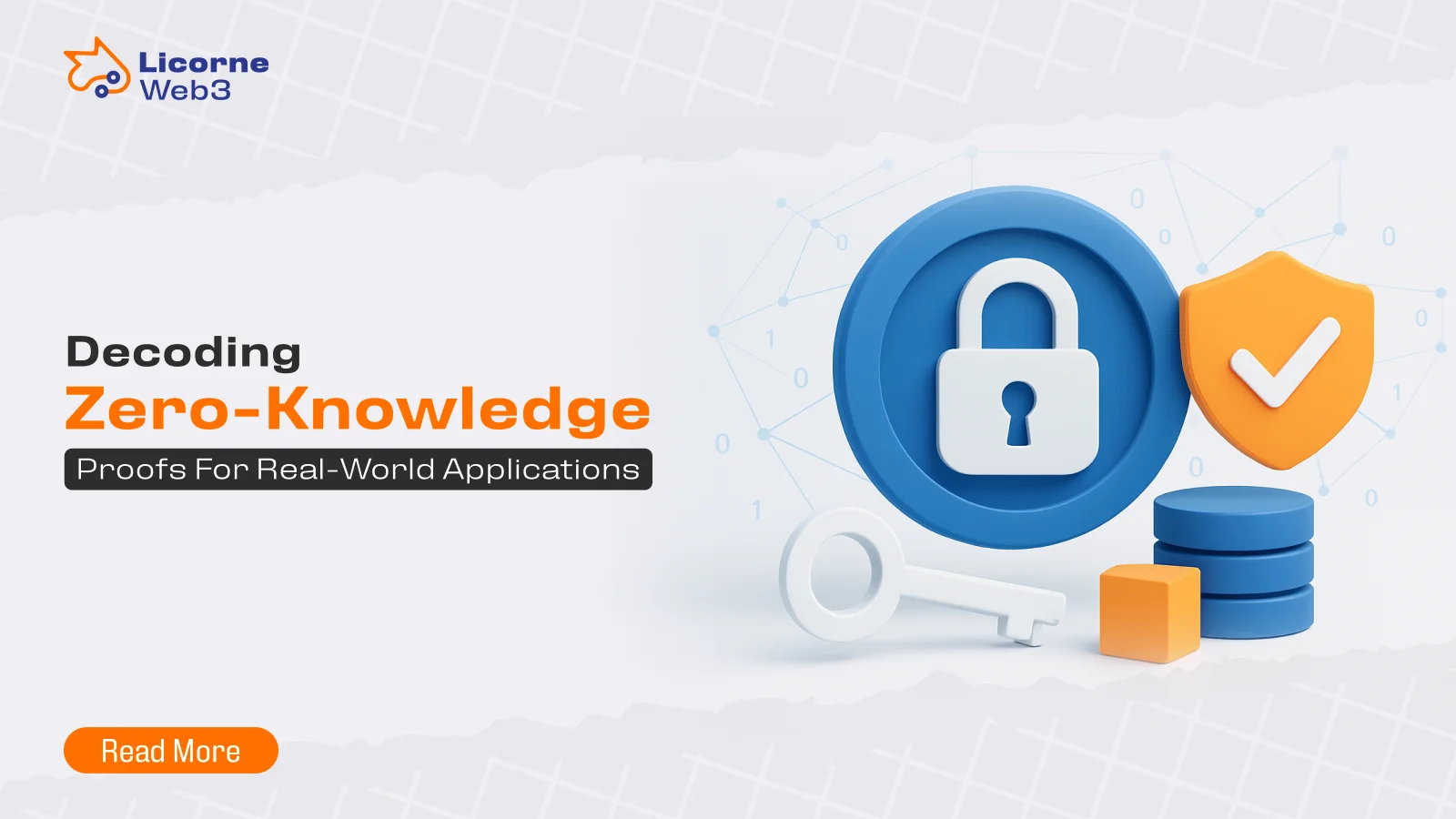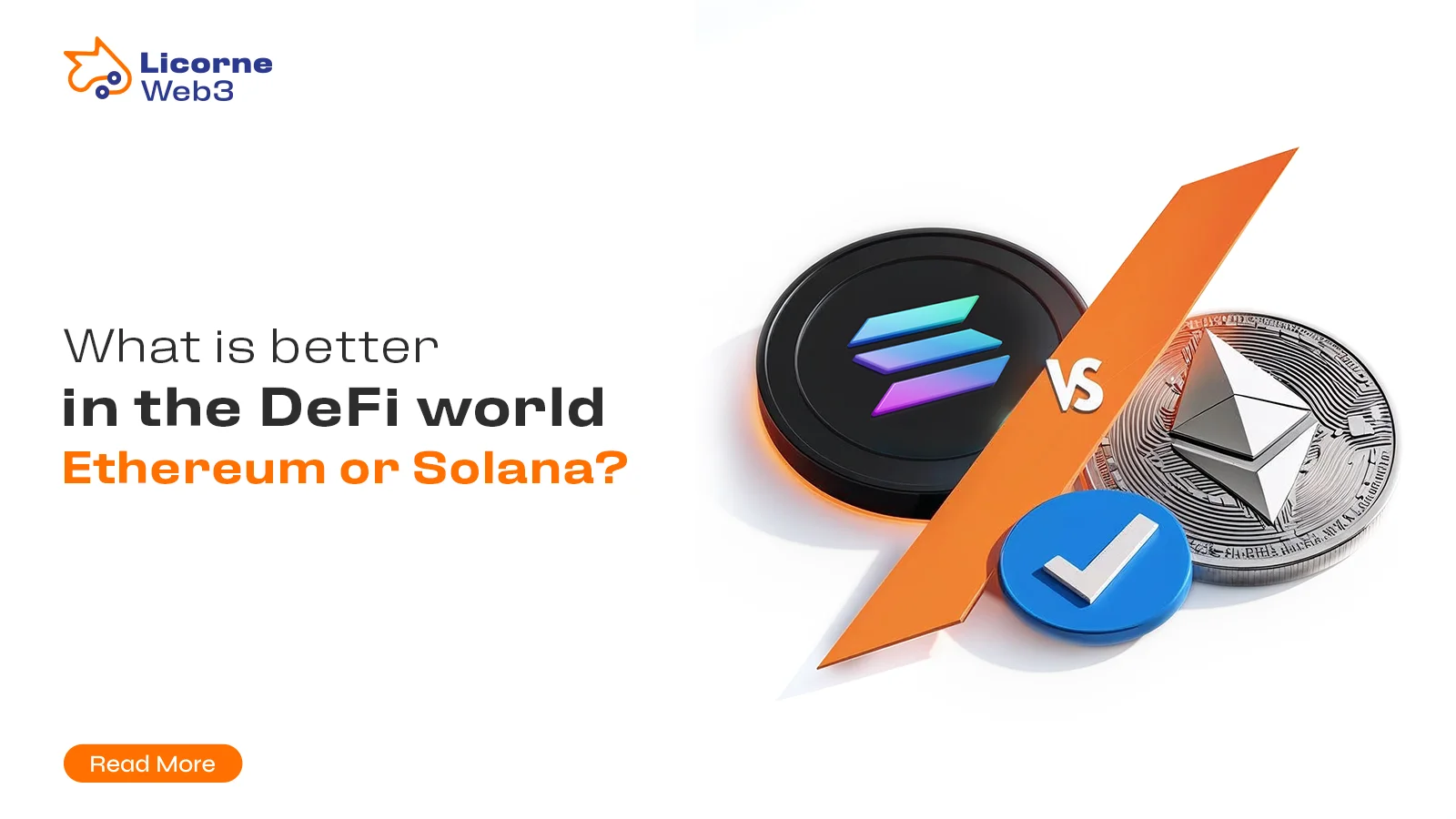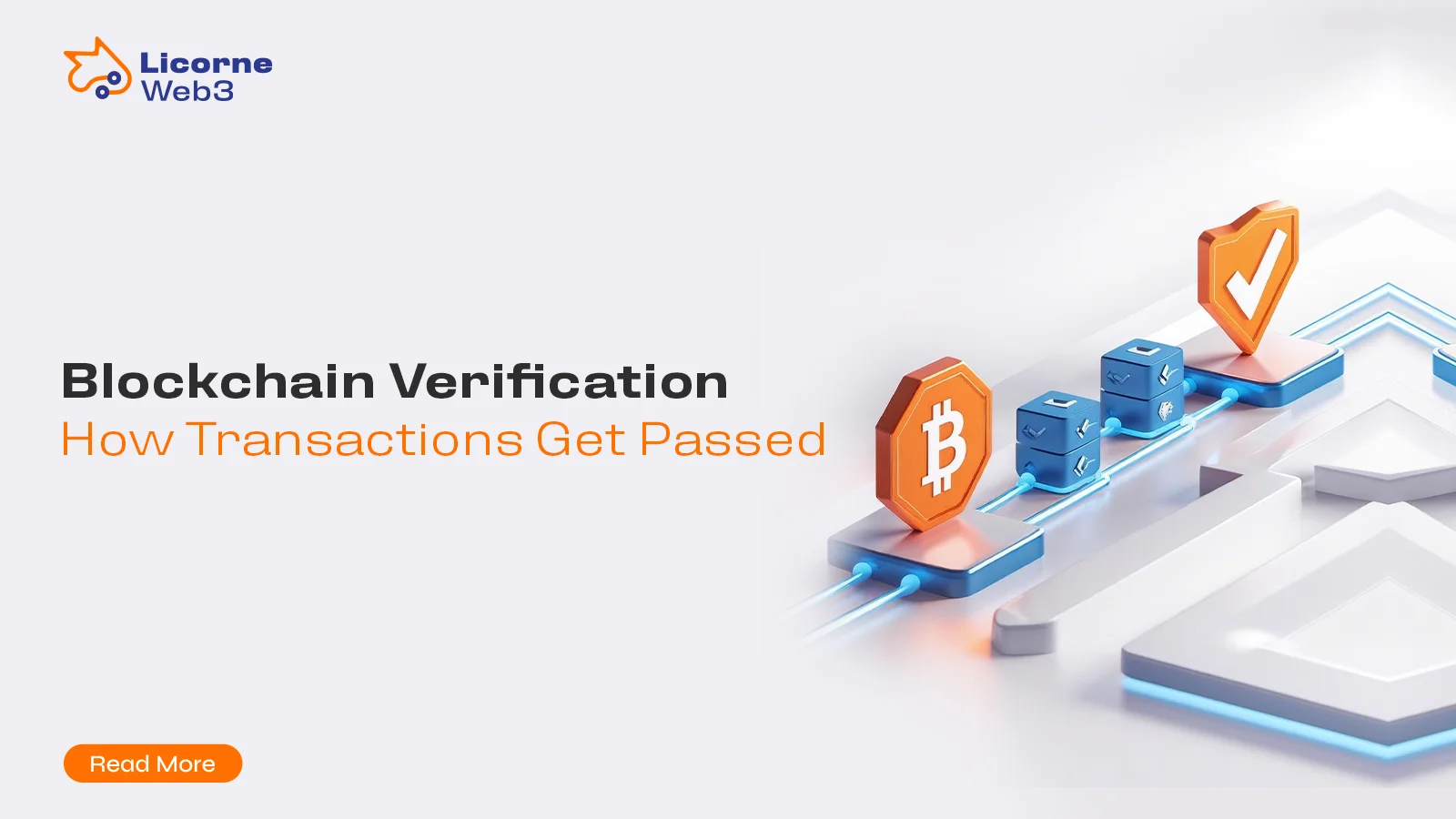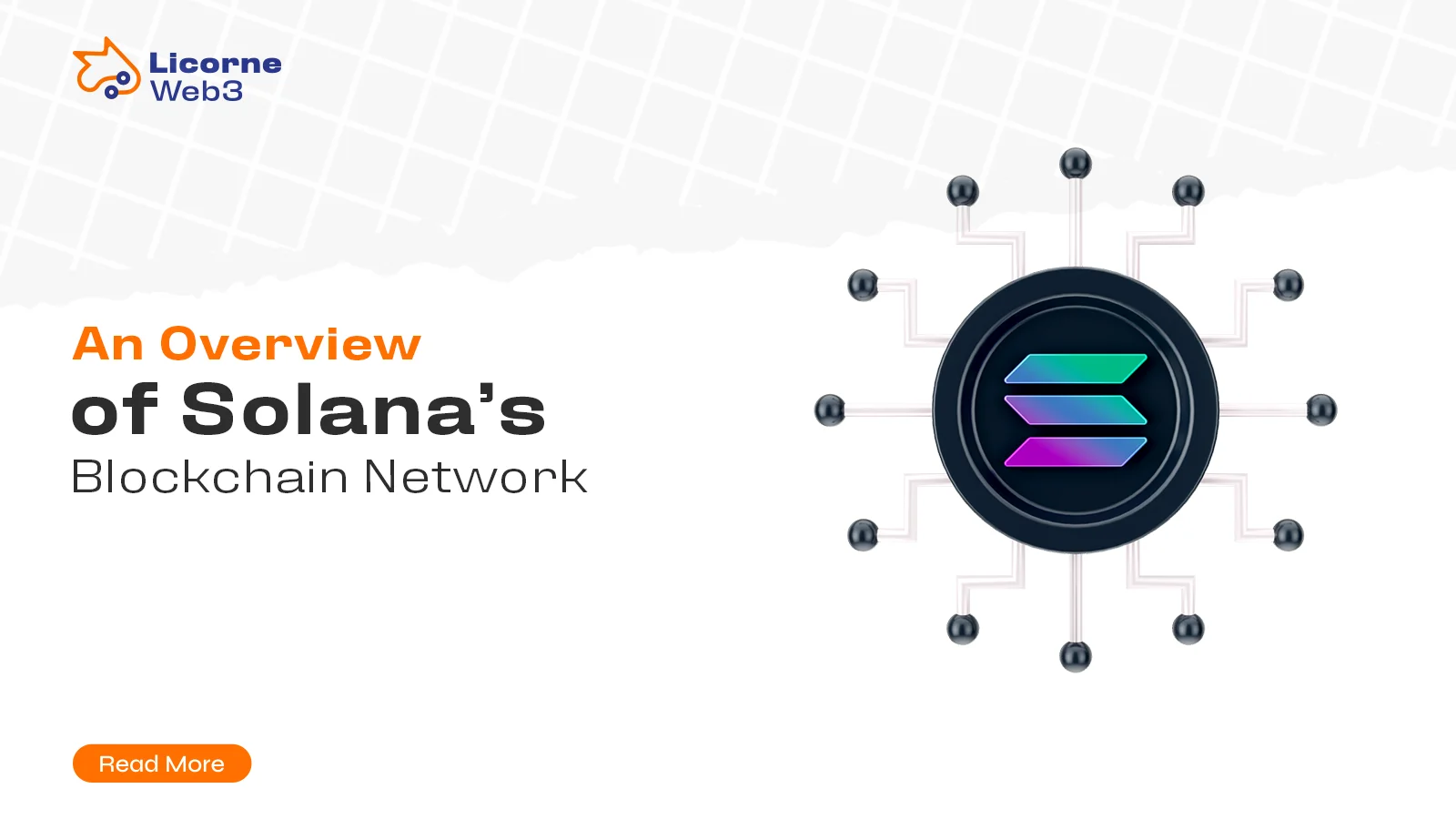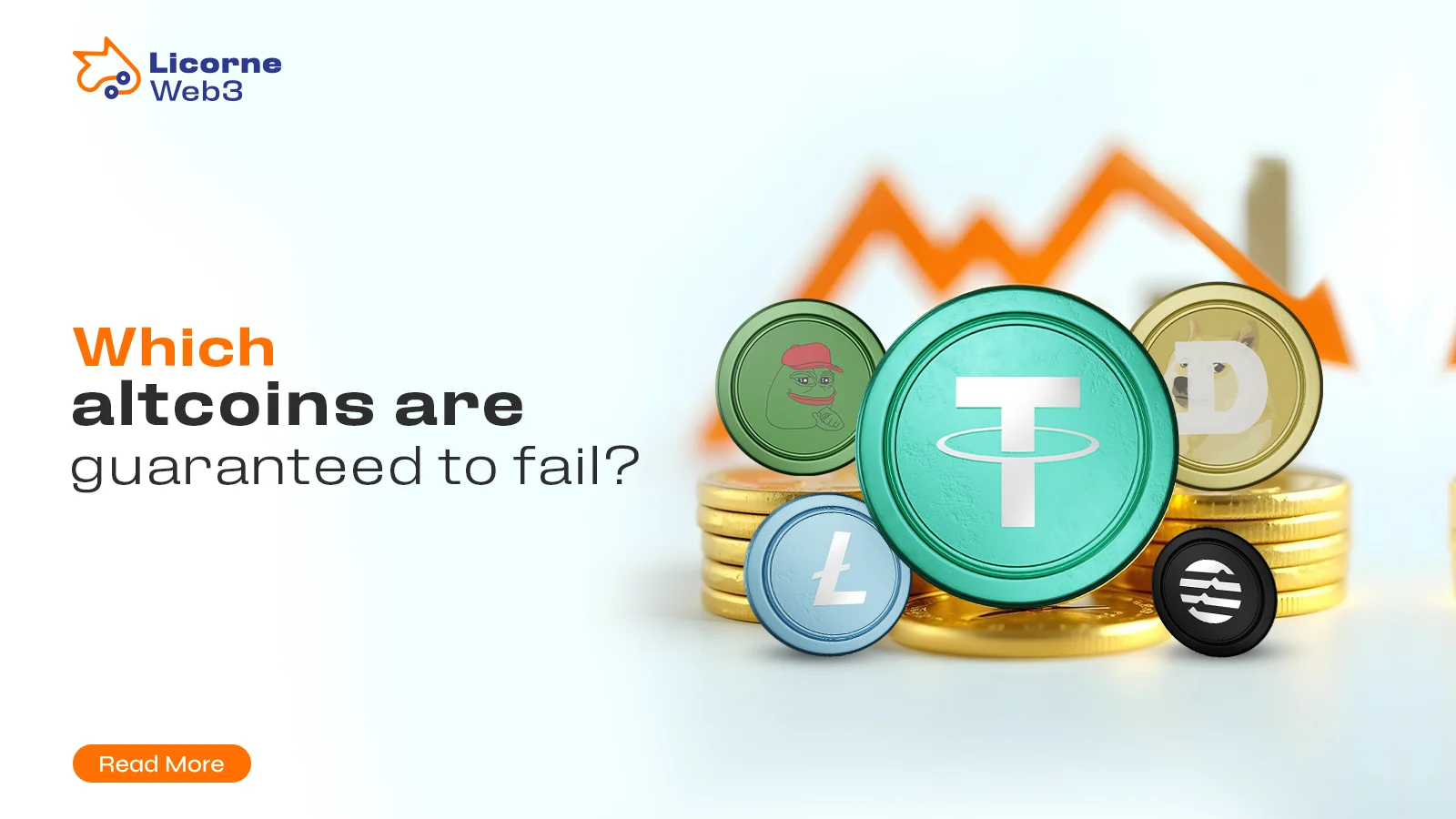Validator node is a crucial component of decentralized systems, which run in the rapid environment of blockchain technology, and guarantees their proper operation, safety, and stability. Being a part of a Proof of Stake (PoS), Proof of Work (PoW), or any other consensus mechanism, such as Proof of Authority (PoA), validators perform a wide range of tasks that are impactful to the soundness and extensiveness of blockchain networks. Their intent, inclusive of transaction validation, consensus mechanism, and establishment of security, is significant in the imposition of the decentralized principle of blockchain systems.
In this blog, we’ll explore what validator nodes are, how they function across different consensus models, and what it takes to become one.
What is a Validator Node?
A validator node is a node in a blockchain network that carries out the role of checking and validating transactions and blocks. These special nodes run specialized software that intercommunicate with other nodes and help keep a consistent, up-to-date blockchain ledger.
In PoS and other networks, validators are chosen through methods such as the quantity of staked assets or historical performance, unlike miners in PoW systems, who are required to solve computational puzzles.
The main responsibilities of the validator are to validate new transactions, propose and attest new blocks, follow the consensus rules, and overall health and security of the blockchain network. Validators are the bouncers of the blockchain, as it is their responsibility to make sure that only valid transactions, the ones that meet the pre-agreed rules of consensus, are appended to the blockchain ledger.
The Consensus Mechanism: Achieving Network Agreement
The consensus mechanism is the backbone of any blockchain system. It allows thousands of distributed nodes to agree on the state of the network. A critical part of this process is played by validators. The validators may be chosen, and their role and duties may differ depending on the consensus mechanism implemented.
In Proof of Work (PoW) systems, validators are referred to as miners. They expend computational power to solve complex mathematical puzzles that validate transactions and secure the network. While this method is highly secure, it comes with significant energy consumption.
In Proof of Stake (PoS), validators are selected based on the number of native tokens they stake. This approach relies on financial commitment rather than computational effort, offering energy efficiency and faster block finality.
In Proof of Authority (PoA), validators are pre-approved entities. This consensus model prioritizes speed and simplicity over decentralization, often used in private or permissioned blockchains.
Whatever the mechanism, validators are operated under consensus mechanisms that specify how blocks are proved valid, how rewards are assigned, and how conflicting transactions or double-spending (in the case of cryptocurrencies) are avoided.
How to Become a Validator
Becoming a validator in a blockchain network is a multi-step process that involves both technical expertise and financial commitment. Below is a general guide to getting started:
Research the Blockchain Network
Choose the blockchain you want to participate in, such as Ethereum, Solana, Avalanche, or a PoA-based network. Each has its own validator requirements, software clients, and staking models.
Meet the Staking Requirements
Acquire the native cryptocurrency of the network. For instance, Ethereum requires 32 ETH to run a full validator node. Ensure you meet the minimum staking threshold to become eligible for validator selection.
Set Up the Required Hardware and Software
Use a high-performance computer with stable internet, ample RAM, and reliable storage. Download and install the validator client application offered by the blockchain network, and make sure to always keep it up-to-date with the current security patches and upgrades.
Join the Validator Pool or Go Solo
If you don’t have the minimum stake, you can join a staking pool, where multiple users delegate their tokens to a validator. Independent validators must maintain uptime and avoid slashing risks by operating 24/7 with robust infrastructure.
Secure Your Infrastructure
Use strong passwords, enable multi-factor authentication, and protect the node from attacks using firewalls, DDoS protection, and regular backups. Security is a non-negotiable requirement for validators.
Start Validating
Once your node is fully synced and your stake is locked, the network will begin considering your validator node for block proposals and transaction attestations.
Staking and the Validator Pool
To become a validator, participants often need to lock up a certain amount of the native cryptocurrency as a stake. These staked assets serve as collateral against malicious behavior or node downtime. Validators may also join or form a validator pool, where resources and rewards are shared proportionally. Pools provide an accessible entry point for smaller token holders and help decentralize the network further.
The Validation Process Explained
The validation process is a step-by-step procedure by which validators examine and approve transactions before they are added to a block. This includes transaction receipt, where validators receive transaction requests from users. Each transaction is then verified to ensure it’s not a duplicate, that it meets protocol rules, and that digital signatures are correct.
Next, valid transactions are grouped into a block. Validators then either propose this block to the network or attest to blocks proposed by others, depending on their role in the round. They then participate in the consensus protocol to reach agreement on which block gets finalized. Once finalized, the block is added to the blockchain, and the ledger is updated across all nodes.
This rigorous process helps eliminate invalid transactions and ensures that all entries in the ledger are accurate and irreversible.
Validator Requirements: Technical and Financial
Validator node requires both technical and financial specifications in order to be reliable and secure. On the hardware front, validators require consumer-grade hardware, a low-latency internet connection, and 24/7 availability. On the software front, validators will need to have the correct client software and ensure that they are patched to the most current version.
As a financial incentive, validators are required to lock up (as collateral) a specified minimum of the native cryptocurrency of the network. Furthermore, they are required to use a high level of security measures, such as passwords, storage of private keys, as well as network-level attack-resistant measures. Such steps will guarantee that validators are ready to deal with the burden of blockchain maintenance.
Governance and Broader Role in the Blockchain Ecosystem
In many modern blockchains, validators also participate in governance. They may vote on protocol upgrades, influence network parameters like gas fees and block size, and help enforce or amend network rules. This gives validators a say in the direction and development of the protocol itself.
Validators also play a role in verifying smart contracts, ensuring interoperability with other blockchains, and maintaining the network’s resilience against attacks. This dual role, as operators and decision-makers, places validators at the core of both the blockchain’s infrastructure and its future evolution.
Rewards, Risks, and Incentives
A combination of block rewards, transaction fees, and staking returns provides an incentive to validators. Block rewards are acquired by proposing or validating blocks, and transaction fees are acquired by users making transactions on-chain.
Staking rewards are achieved through the general staking system and are divided equally among validators and their delegators.
There are, however, dangers associated with these rewards. There are slashing penalties on dishonest or careless actions, like double-signing or long downtime. The validators can be slashed with some of their staked tokens in case they break the protocol rules. In this way, stable work and observed requirements of the network are the key aspects to maintain profitability and prevent penalties.
Energy Considerations: Efficiency vs. Consumption
One of the most important distinctions between validator-based systems and PoW is energy usage. Validators in PoS networks do not require vast computational resources or electricity. This makes them far more energy-efficient and environmentally friendly compared to PoW systems, where validators (miners) must use energy-intensive hardware to solve complex puzzles.
Final Thoughts
Validators do much more than check transactions. They form the backbone of blockchain networks – they enforce the rules, reach consensus, and make sure that decentralization is not lost. Their participation ensures that blockchain can run without a central authority to achieve transparent, unchangeable, and tamper-evident data systems.
By deciphering the role of the validators, the users, developers, and investors can appreciate the blockchain technology structure and its stability. Whether you are considering becoming a node operator or joining a staking pool, or even simply using decentralized apps, you should know how validators work.
As blockchain usage expands, the necessity to ensure stable and technically proficient validators will expand; hence, they are some of the most crucial components in the technological revolution.
Author
-

I am a content writer with a passion for creating engaging content. I aim to simplify complex topics for readers through writing. With a keen interest in blockchain and crypto, I strive to foster understanding and empower readers to explore new ideas!
View all posts


